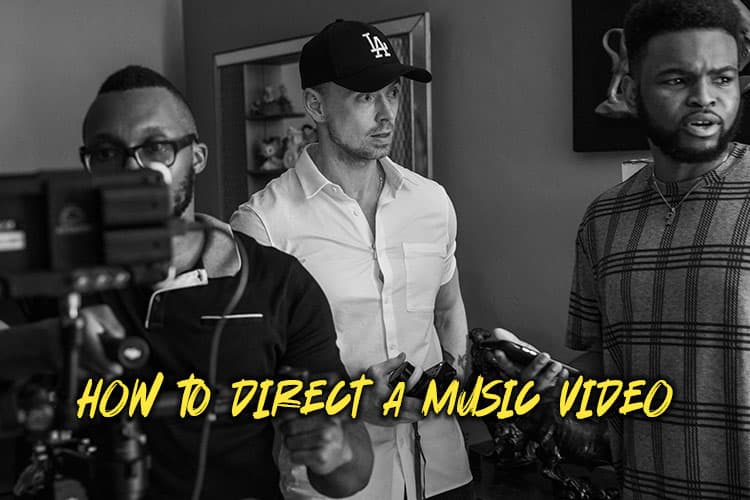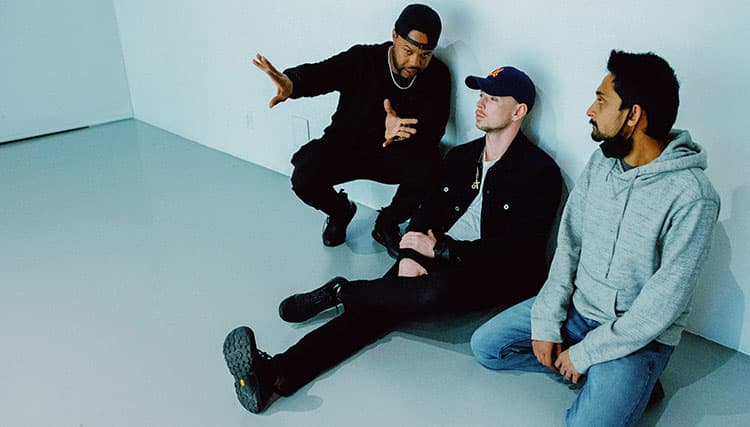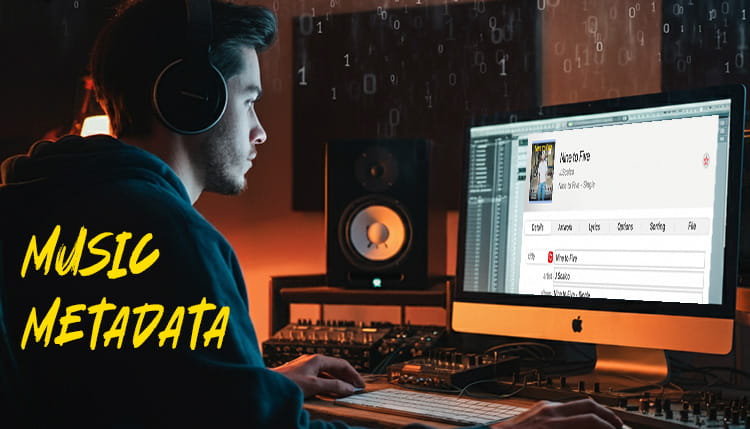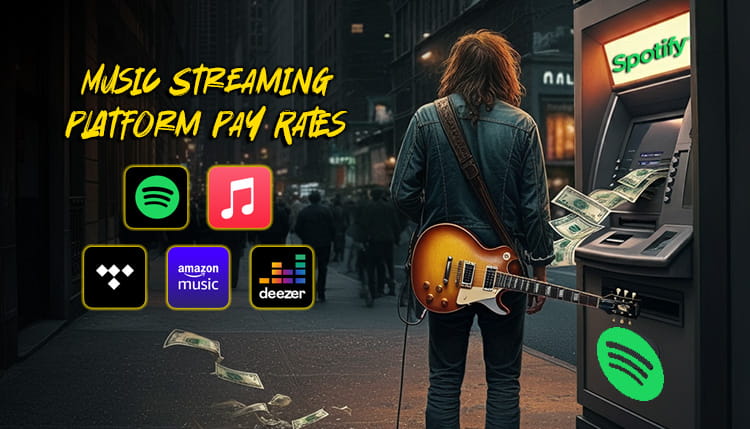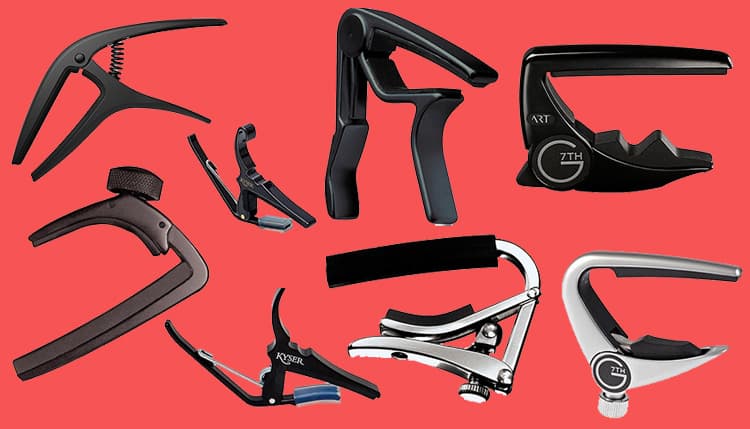Music videos are still a powerful medium for artists to showcase their talent and connect with audiences.
But creating a captivating music video isn’t just about pointing a camera at a band and pressing record. It’s an art form that requires vision, planning, and technical know-how.
Whether you’re an aspiring filmmaker or a musician looking to take creative control, this guide will walk you through the process of how to direct a music video that’ll have viewers hitting the replay button again and again.
Let’s dive in and unleash your inner Hype Williams or Dave Meyers!
Understanding the Pre-Production Phase
Alright, let’s dive into the world of music video pre-production.
I gotta tell ya, when learning how to make a music video this phase is where the magic really starts to happen.
It’s like building the foundation of a house – if you don’t get it right, the whole thing could come crashing down.
Trust me, I’ve learned this the hard way!
Analyze
First things first, you’ve gotta analyze the song’s lyrics, mood, and genre.
I remember this one time I was working on a video for a melancholy breakup song, and I totally misread the vibe.
I had this whole upbeat dance routine planned out – talk about a disaster waiting to happen!
Thankfully, I caught my mistake before we started shooting.
Now, I always make sure to really listen to the track and get a feel for what the artist is trying to convey.
Collaboration
Once you’ve got a handle on the song, it’s time to collaborate with the artist to develop a concept.
This can be a bit of a rollercoaster, lemme tell ya.
Some artists have a crystal-clear vision, while others are like, “I dunno, just make it look cool.”
Either way, it’s your job to take their ideas and turn them into something visually stunning.
- Brainstorm with the artist
- Sketch out rough ideas
- Refine the concept together
Storyboards
Creating a music video storyboard and shot list is next on the agenda. This is where things start to get real.
I used to think I could just wing it on set, but boy, was I wrong!
Now, I spend hours meticulously planning out each shot.
It might seem tedious, but trust me, it’ll save your butt when you’re on location and time is ticking away.
Locations
Location scouting is a crucial part of pre-production.
I’ve had my fair share of location nightmares – like the time I thought an abandoned warehouse would be perfect, only to find out it was infested with rats.
Yikes! Now, I always do a thorough check and make sure to secure all necessary permits. Better safe than sorry, right?
Casting
If your video calls for actors or dancers, casting is your next step. This can be a blast, but it can also be super stressful.
You want people who can bring your vision to life, but also work well with the artist.
I once cast this amazing dancer who turned out to have a massive ego – let’s just say it didn’t end well.
Crew
Finally, you gotta assemble your crew and equipment.
This is where budgeting comes into play (more on that later), but for now, focus on getting the best team you can afford. A great crew can make even a shoestring budget look like a million bucks.
Pro Tip: Pre-production is all about preparation. The more you plan now, the smoother things will go when you’re actually on set.
Trust me, future you will thank past you for putting in the work!
Mastering the Production Process
Alright, folks, it’s showtime!
When learning how to direct a music video the production phase is where all your pre-production planning pays off – or comes back to bite you in the butt.
Let me tell ya, I’ve experienced both sides of that coin.
Lights and Cameras
Setting up lighting and camera equipment is your first order of business.
This can be a real pain, especially if you’re working with a small crew.
I remember this one time I was trying to set up a complex lighting rig all by myself – talk about a disaster!
I ended up knocking over a light stand and nearly setting the set on fire.
Nowadays I love using LED Light Panels because they are easy to set up and don’t take up a lot of room.
Pro Tip: Always have at least one extra pair of hands for setup.
Artists Performance
Once everything’s in place, it’s time to direct the artist’s performance.
This can be tricky, especially if you’re working with someone who’s not used to being on camera. I’ve found that the key is to make them feel comfortable and confident.
Sometimes that means cracking jokes between takes, other times it’s about giving clear, specific direction.
You gotta read the room and adjust your approach accordingly.
Getting the Shot
Capturing multiple takes and angles is crucial.
You never know which shot is gonna be the money shot until you’re in the editing room.
I used to be stingy with my shots, thinking I’d save time on set. Big mistake!
Now I always make sure to get plenty of coverage, even if it means running a little over schedule.
- Get wide shots for context
- Capture close-ups for emotion
- Don’t forget those funky angles
Scheduling
Speaking of schedules, managing time efficiently on set is a real art form.
Things always take longer than you expect, and there’s always some unexpected hiccup that throws your carefully planned timeline out the window.
I’ve learned to build in buffer time and prioritize the most important shots. That way, if we do run out of time, we’ve at least got the essentials in the can.
Continuity
Ensuring continuity between shots is another crucial aspect of production.
It’s easy to get caught up in the excitement of filming and forget about little details like the position of a prop or the artist’s hairstyle.
I once had to scrap an entire day’s worth of footage because we didn’t notice the lead singer’s necklace kept disappearing and reappearing between takes.
Now I always have someone on set whose sole job is to watch for continuity issues.
Surprises
Finally, be prepared to address unexpected challenges. Because trust me, they will come up.
I’ve dealt with everything from sudden rainstorms to equipment failures to talent meltdowns.
The key is to stay calm and think on your feet. Sometimes the best solutions come from these moments of crisis.
I once had to improvise a music video concept on the spot when our original location fell through, and it ended up being one of my best works!
Remember, the production phase is where your vision starts to come to life.
It can be stressful and chaotic, but it’s also incredibly rewarding.
Embrace the chaos, stay flexible, and don’t forget to have fun with it. After all, we’re making music videos, not saving the world!
Navigating Post-Production Techniques
Alright, we’ve made it to post-production! When we talk about how to direct a music video, this is where the real magic happens, folks.
It’s like putting together a giant puzzle, except you’re the one who gets to decide what the final picture looks like. Exciting, right?
Shot Selection
First up, selecting the best footage from your shoots.
This can be a real headache, especially if you’ve got hours of footage to sift through.
I remember this one time I spent three days just watching takes, my eyes were practically bleeding by the end of it!
But trust me, it’s worth taking the time to find those golden moments that’ll make your video shine.
Editing
Once you’ve got your selects, it’s time to edit to the rhythm and flow of the music.
This is where having a good ear really comes in handy. You want your cuts to match the beat, the mood, the energy of the song.
It’s like you’re conducting a visual orchestra, ya know?
I’ve found that sometimes it helps to close your eyes and just feel the music, then open ’em and start cutting.
There are a number of great music video editing software programs out there to help you in this process.
Special Effects and Color
Adding special effects and color grading is next on the agenda.
This is where you can really let your creativity run wild! But word to the wise: don’t go overboard.
I once got a little too trigger-happy with the effects on a video and ended up with something that looked like a unicorn threw up all over it.
Not my finest moment. Now I try to use effects to enhance the mood, not distract from it.
- Use color grading to set the tone
- Add subtle effects to enhance key moments
- Don’t forget about transitions!
Graphics
Incorporating graphics or animation can take your video to the next level.
Whether it’s lyric overlays, cool title sequences, or full-on animated segments, this is your chance to really make the video pop.
Just make sure whatever you add fits with the overall style and doesn’t clash with the live-action footage.
Audio
Now, let’s talk about audio. Mixing and balancing audio elements is crucial for a polished final product.
You want the music to be front and center, obviously, but don’t forget about any dialogue or sound effects you might have.
I once spent so much time perfecting the visuals that I totally neglected the audio mix.
The result? A beautiful-looking video that sounded like it was recorded underwater. Not my proudest moment.
Review
Finally, reviewing and refining the final cut. This is where you put on your critic hat and really scrutinize every frame.
It can be tough to be objective about something you’ve poured your heart and soul into, but it’s necessary.
I usually like to take a day or two away from the project before doing my final review.
Fresh eyes can spot things you might’ve missed when you were in the thick of it.
Remember, post-production is all about finesse.
It’s where you take all the raw ingredients from your shoot and turn them into a mouth-watering feast for the eyes and ears.
Don’t rush it, but also know when to call it done. I’ve seen too many editors get stuck in a cycle of endless tweaking.
At some point, you gotta trust your gut and say, “It’s ready.”
Budgeting and Resource Management
Let’s talk money, honey!
Budgeting and resource management might not be the sexiest part of making a music video, but let me tell ya, it’s crucial if you wanna keep making ’em.
So how much does a music video cost? I learned this hard way.
Estimation
First things first, you gotta estimate costs for equipment, locations, and personnel. This can be tricky, especially when you’re just starting out.
I remember my first big budget video – I way underestimated how much everything would cost and ended up having to put the rest on my credit card.
Not fun. Now, I always make sure to get detailed quotes and add a buffer for unexpected expenses.
Allocating Funds
Allocating funds effectively across all production phases is like a delicate balancing act.
You don’t wanna blow all your money on a fancy location and then have nothing left for post-production.
I’ve found it helpful to break the budget down into percentages:
- 50% for production
- 30% for post-production
- 20% for pre-production and miscellaneous expenses
Of course, these numbers can vary depending on the specific needs of your project, but it’s a good starting point.
Cost Saving Alternatives
Exploring cost-saving alternatives without compromising quality is an art form in itself. Sometimes you gotta get creative!
I once needed a rain machine for a shoot but couldn’t afford to rent one. So, we ended up using a bunch of garden sprinklers attached to a frame.
It wasn’t pretty, but it got the job done and saved us a ton of cash.
Scheduling
Managing deadlines and schedules is another crucial aspect of resource management. Time is money, after all.
I always try to build in some wiggle room for each phase of production, ’cause something always takes longer than you expect.
And don’t forget to factor in time for revisions and client feedback!
Negotiating
Negotiating with vendors and service providers can be intimidating, but it’s a necessary skill if you wanna stretch your budget.
Don’t be afraid to ask for discounts or package deals, especially if you’re a repeat customer.
I’ve managed to score some sweet deals just by being friendly and professional with my regular vendors.
- Build relationships with local vendors
- Ask about off-peak rates
- Consider bartering services if possible
Remember, budgeting isn’t just about pinching pennies – it’s about making sure you have the resources you need to bring your vision to life.
Sometimes that means saying no to certain ideas or finding creative workarounds.
But trust me, the satisfaction of delivering an awesome video on budget is totally worth it.
And hey, if you do go over budget (it happens to the best of us), don’t beat yourself up. Just learn from it and do better next time.
Every project is a learning experience, and managing resources is definitely a skill that improves with practice.
Embracing Creative Vision and Storytelling
Alright, let’s get into the nitty-gritty of how to direct a music video, creative vision and storytelling.
This is where you really get to flex those artistic muscles and bring something unique to the table.
Visual Style
Developing a unique visual style for the video is crucial. You want your work to stand out in a sea of content, ya know?
I remember when I first started out, I was trying so hard to copy the styles of music video directors I admired. But eventually, I realized that the key was to find my own voice.
Now, I try to bring a bit of my personal flair to every project, whether it’s through my use of color, camera movement, or editing style.
Using symbolism and metaphors to enhance the song’s message can really elevate your video from good to great.
But let me tell ya, it’s a fine line between profound and pretentious.
I once made a video where everything was a metaphor – and I mean everything. By the end, even I didn’t know what it all meant!
Now, I try to use symbolism more sparingly and make sure it actually adds something to the story.
Narrative
Creating a narrative arc or concept that complements the music is like solving a puzzle.
You’ve gotta find a way to tell a story that enhances the song without overshadowing it.
Sometimes this means a literal interpretation of the lyrics, other times it’s about capturing the mood or emotion of the track.
I’ve found that the best concepts often come from really immersing myself in the music and letting my imagination run wild.
- Listen to the song on repeat
- Brainstorm without judgment
- Don’t be afraid of weird ideas
Experimentation
Experimenting with different visual techniques and effects can be a lot of fun, but it’s important not to let the tech overshadow the content.
I went through a phase where I was obsessed with using every cool effect I could find. The results were… well, let’s just say less than stellar.
Now, I try to choose techniques that serve the story and the mood of the video, rather than just showing off.
Balance
Balancing artistic expression with commercial appeal is probably one of the trickiest aspects of music video directing.
You want to create something meaningful and artistic, but at the end of the day, the video needs to help sell the song.
I’ve had my fair share of battles with record labels over creative decisions.
The key, I’ve found, is to find ways to incorporate commercial elements that still fit with your artistic vision.
Remember, storytelling in music videos doesn’t always have to be linear or literal.
Sometimes the most powerful videos are the ones that evoke a feeling or atmosphere rather than telling a straightforward story.
Don’t be afraid to get abstract or experimental if that’s what the music calls for.
At the end of the day, embracing your creative vision is about trusting your instincts and not being afraid to take risks.
Sure, you might fall flat on your face sometimes (believe me, I have), but that’s how you grow and develop as an artist.
So go ahead, dream big, and create something amazing!
Final Thoughts on How to Direct a Music Video
Directing a music video is an exhilarating journey that combines creativity, technical skill, and collaboration.
By following this guide, you’re now equipped with the knowledge to bring a song to life visually.
Remember, the best music videos not only showcase the artist but also leave a lasting impression on the viewer.
So go forth, experiment, and don’t be afraid to push boundaries!
Who knows? Your next project could be the video that launches an artist’s career or becomes the talk of the industry.
The music video world is your stage – it’s time to make your mark!

